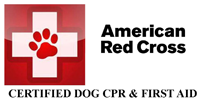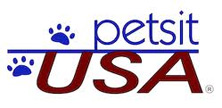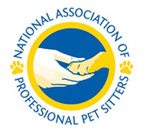Introducing the New Dog, What’s the Rush?

As the saying goes “You don’t get a second chance to make a first impression”. The same applies when introducing a new dog/puppy to your current dog(s). My best advice? Go slowly through the process. And it IS a process. Let’s face it, it could go either way if you just put them together to see what happens. Which is what most people do. It could turn out just fine in the short term, but in the long run it could be building towards a fight.
The Single Biggest Mistake You May Be Making
This may come as a surprise to many dog owners but, allowing your dog to meet other dogs or people while on leash may be the single biggest mistake you ever make. It can result in a multitude of negative outcomes and behaviors.
Dog Training Tips for Teaching Threshold
Thresholds at it pertains to dogs is an important but oftentimes overlooked area of training with many owners and dog trainers. Teaching a dog NOT to move through a threshold unless invited to do so can be lifesaving. A threshold is a door to the house, car door, crate door etc. So many times, I hear of dogs escaping through a door only to get lost, or worse, hit by a car or engage in dog fights. D
Are You Happy with GEO or Do You Want More? Good Enough Obedience
GEO or Good Enough Obedience is what many owners experience with their dogs. Does this sound familiar? You put your dog in a down and they stay there for a few minutes maybe longer. ThenGood enough obedience they begin to scratch, stretch, sniff, reach for a toy etc. You don’t do anything because technically they are still in the down. Then they begin to creep ever so slightly but still you are okay with that because they haven’t gotten up. Now we are in the GEO zone. If you’re happy with that, okay. But remember this, the small stuff matters! What you don’t disagree with, you are agreeing with. And if you are agreeing with less than true obedience, you’ll get more of the same.
Why Basic Obedience Foundation Work Works!
Uncertainty and fear are relieved by authority. Training is authority. It’s a release valve. -Ryan Holiday Basic obedience foundation work.
When I say foundation work I’m talking about basic obedience such as:
Sit with implied stay Basic obedience foundation work
Down with implied stay
Place with implied stay (teaches calm on command)
(The above three commands are taught with an implied stay because, what good is sit, down or place if your dog doesn’t stay in them???)






